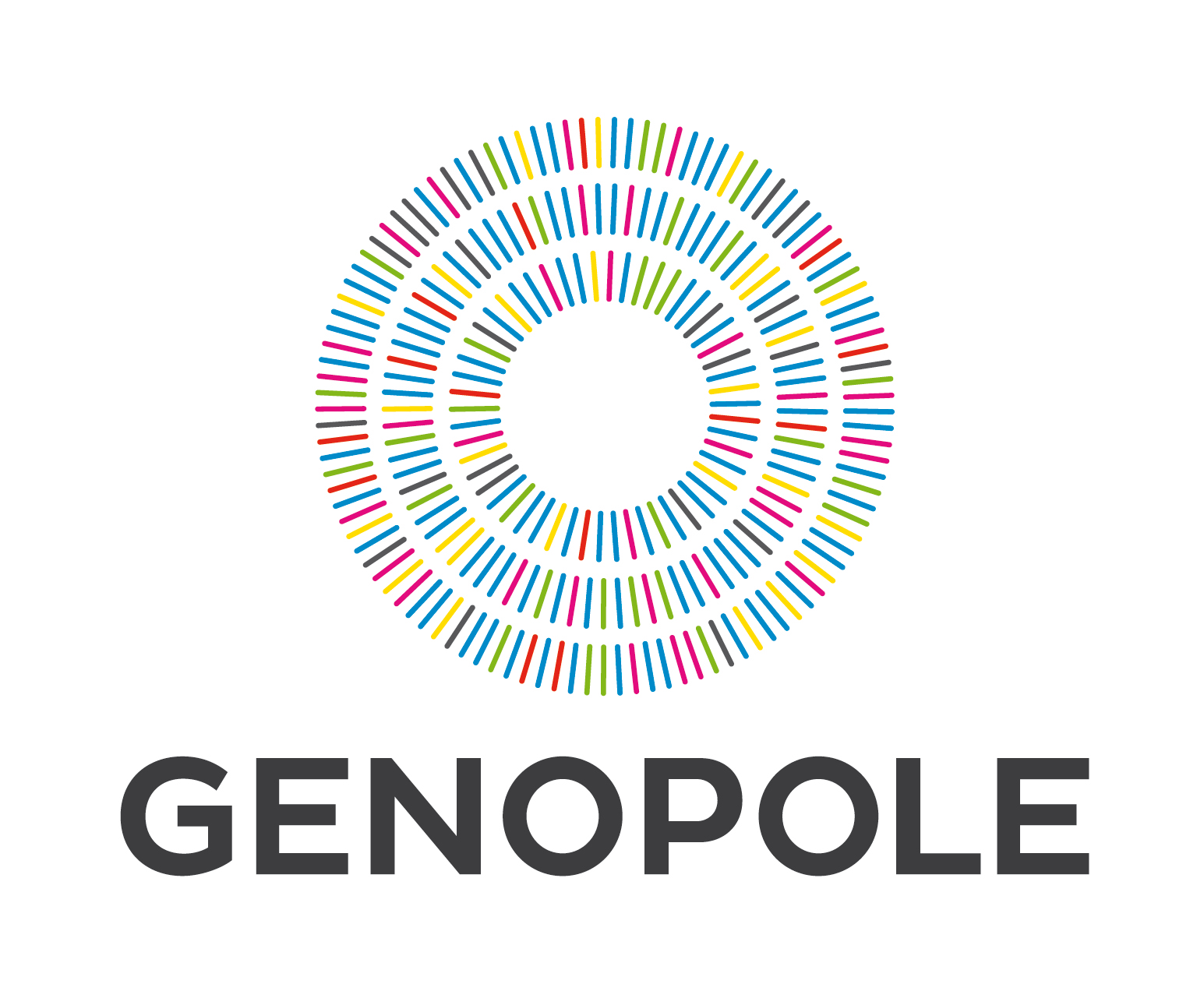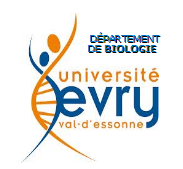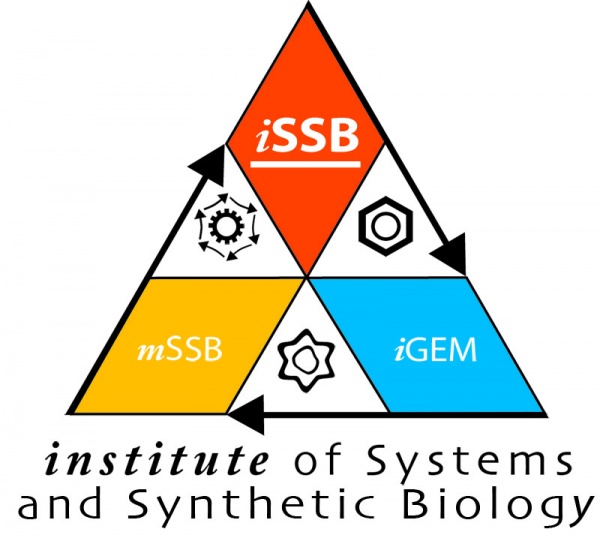Team:Evry/ent prod
From 2013.igem.org
| Line 11: | Line 11: | ||
<p> | <p> | ||
| - | |||
In order to determine our <b><span style="color:#bb8900">Iron</span><span style="color:#7B0000"> Coli</span></b>'s enterobactin production rate, we modelize the different systems uses in our project: the iron sensor, the inverter system and the chelator system.We then divided this model in 3 differents parts.<br/> | In order to determine our <b><span style="color:#bb8900">Iron</span><span style="color:#7B0000"> Coli</span></b>'s enterobactin production rate, we modelize the different systems uses in our project: the iron sensor, the inverter system and the chelator system.We then divided this model in 3 differents parts.<br/> | ||
The first part focuses on the synthetic <a href="https://2013.igem.org/Team:Evry/Sensor">sensing system</a>, the second on our <a href="https://2013.igem.org/Team:Evry/Inverter">inverter system</a> our team implemented in the bacteria. The last part intagrate those previous parts with the chemical reactions leading to the enterobactin production. | The first part focuses on the synthetic <a href="https://2013.igem.org/Team:Evry/Sensor">sensing system</a>, the second on our <a href="https://2013.igem.org/Team:Evry/Inverter">inverter system</a> our team implemented in the bacteria. The last part intagrate those previous parts with the chemical reactions leading to the enterobactin production. | ||
| - | |||
| - | |||
| - | |||
</p> | </p> | ||
| - | <h2> | + | <h2>Sensor model</h2> |
| - | + | ||
<p> | <p> | ||
| - | + | We first modeled the iron absorption of a hemochromatosic patient using ODEs. | |
</p> | </p> | ||
| - | |||
| - | |||
<p> | <p> | ||
| - | + | <a href="https://2013.igem.org/Team:Evry/Modelmeta1">Here is the link to the sensor model</a>. | |
| - | < | + | |
| - | + | ||
| - | + | ||
| - | + | ||
| - | + | ||
| - | + | ||
</p> | </p> | ||
| - | <h2> | + | <h2>Inverter model</h2> |
| - | + | <p> | |
| - | + | We then used the disease model as a base to develop our flush treatment model. It aims to answer the following question:<br/> | |
| - | + | <em>"Is it possible to chelate a significant amount of iron with a flush strategy?"</em> | |
| - | + | ||
| - | < | + | |
| - | + | ||
| - | + | ||
| - | + | ||
| - | </ | + | |
| - | + | ||
| - | + | ||
| - | < | + | |
| - | + | ||
| - | + | ||
| - | + | ||
| - | + | ||
</p> | </p> | ||
| - | |||
| - | |||
| - | |||
| - | |||
| - | |||
<p> | <p> | ||
| + | <a href="https://2013.igem.org/Team:Evry/Modelmeta3">Here is the link to the inverter model</a>. | ||
</p> | </p> | ||
| - | |||
| - | |||
| - | |||
| - | |||
| - | + | <h2>Enterobactin production model</h2> | |
| - | + | ||
| - | + | ||
| - | <h2> | + | |
| - | + | ||
| - | + | ||
| - | + | ||
<p> | <p> | ||
| + | We then used the disease model as a base to develop our flush treatment model. It aims to answer the following question:<br/> | ||
| + | <em>"Is it possible to chelate a significant amount of iron with a flush strategy?"</em> | ||
</p> | </p> | ||
| + | <p> | ||
| + | <a href="https://2013.igem.org/Team:Evry/Modelmeta3">Here is the link to the enterobactin production model</a>. | ||
| + | </p> | ||
| + | |||
</div> | </div> | ||
Revision as of 02:33, 29 October 2013
Enterobactin production model overview
Introduction

In order to determine our Iron Coli's enterobactin production rate, we modelize the different systems uses in our project: the iron sensor, the inverter system and the chelator system.We then divided this model in 3 differents parts.
The first part focuses on the synthetic sensing system, the second on our inverter system our team implemented in the bacteria. The last part intagrate those previous parts with the chemical reactions leading to the enterobactin production.
Sensor model
We first modeled the iron absorption of a hemochromatosic patient using ODEs.
Here is the link to the sensor model.
Inverter model
We then used the disease model as a base to develop our flush treatment model. It aims to answer the following question:
"Is it possible to chelate a significant amount of iron with a flush strategy?"
Here is the link to the inverter model.
Enterobactin production model
We then used the disease model as a base to develop our flush treatment model. It aims to answer the following question:
"Is it possible to chelate a significant amount of iron with a flush strategy?"
 "
"













